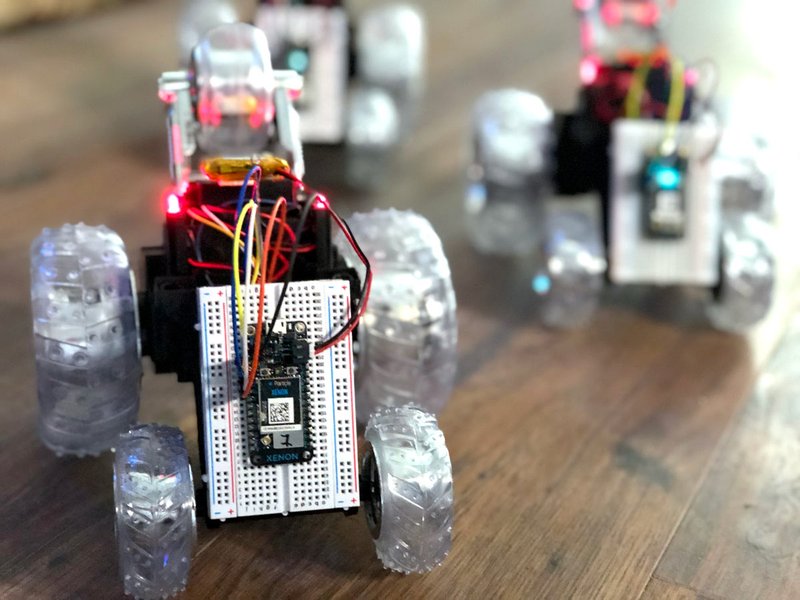When I recently needed to implement analytics in a side project I’m building with friends, I found myself facing that familiar challenge: learning a completely new technology under time constraints. After 15+ years in development, I’ve refined my approach to tackling unfamiliar tools efficiently, and thought I’d share my framework.
Like many developers, I initially considered Google Analytics and Tag Manager for our SaaS application. Four frustrating hours later, I abandoned ship. The overcomplicated interface and documentation left me wondering if I needed a PhD just to implement basic tracking. That’s when a colleague suggested PostHog, an open-source analytics platform.
New technology – Exploration Phase: Break It to Make It
My first step with any new technology is simple but crucial: I explore the interface thoroughly, clicking everything I can find. While this might seem obvious, it’s surprising how many developers skip straight to documentation without understanding the product’s mental model.
With PostHog, I created a test project specifically to experiment with. I clicked through menus, tested features, and intentionally pushed things until they broke. By deliberately causing failures in a safe environment, I learned the system’s boundaries far faster than cautious tinkering would allow.

This approach comes with a critical disclaimer: Never do this in production or your company’s environment. Create your own sandbox for experimentation.
New technology – Documentation Deep Dive
After gaining intuition about how the system works, I turn to the documentation. I’ve found that documentation makes much more sense after you’ve already played with the product. You have context for the terminology and mental hooks to hang new information on.
When evaluating documentation quality, I look for:
- Well-organized structure with clear navigation
- Concise explanations that avoid unnecessary jargon
- Code examples in multiple languages (especially those I use)
- Expected responses showing what real data looks like
- Implementation references pointing to client/server code
What I’ve learned is that documentation alone is rarely sufficient. The best learning comes from combining multiple approaches.
Source Code Analysis
For open-source tools like PostHog, examining the source code provides invaluable insights. Even with closed-source products, client-side libraries often reveal how the API is intended to be used.
I look for patterns in the implementation, paying special attention to:
– How data is structured
– Error handling approaches
– Authentication mechanisms
– Performance optimizations
This step often reveals features or limitations not explicitly covered in documentation.
Network Tab Investigation
One of my most powerful learning techniques involves using browser developer tools. By implementing a basic version of the technology and watching network requests, I can see exactly what’s happening under the hood.
With PostHog, I added their JavaScript snippet to a test page, then observed the network tab while triggering various tracking events. This revealed:
– Exactly what payload format the API expects
– How authentication is handled
– Rate limiting behavior
– Batch processing of events

Incremental Implementation
After gathering information through these different approaches, I start implementing the technology incrementally:
- Start with the simplest possible integration
- Verify it works through testing and monitoring
- Add complexity one feature at a time
- Document edge cases and limitations as I encounter them
This methodical approach prevents overwhelm and builds confidence. With PostHog, I began by implementing basic pageview tracking, then gradually added custom events, user identification, and custom properties.
My Learning Philosophy
What I’ve found most valuable isn’t any specific technique but rather the combination of approaches. Learning happens at the intersection of exploration, documentation, code analysis, and hands-on implementation.
The key insight is that different learning methods reinforce each other. What seems unclear in documentation often becomes obvious when seeing the network requests. Confusing API patterns make sense when you see how they’re used in the source code.
This methodology has served me well across countless technologies throughout my career. The specific tools change, but the approach to mastering them remains consistent. By systematically exploring new technology from multiple angles, I can quickly become productive without feeling overwhelmed.
So next time you’re facing an unfamiliar technology, remember: break it, read about it, analyze it, observe it, and build with it incrementally. Your learning will be faster and more thorough than following any single approach alone.



